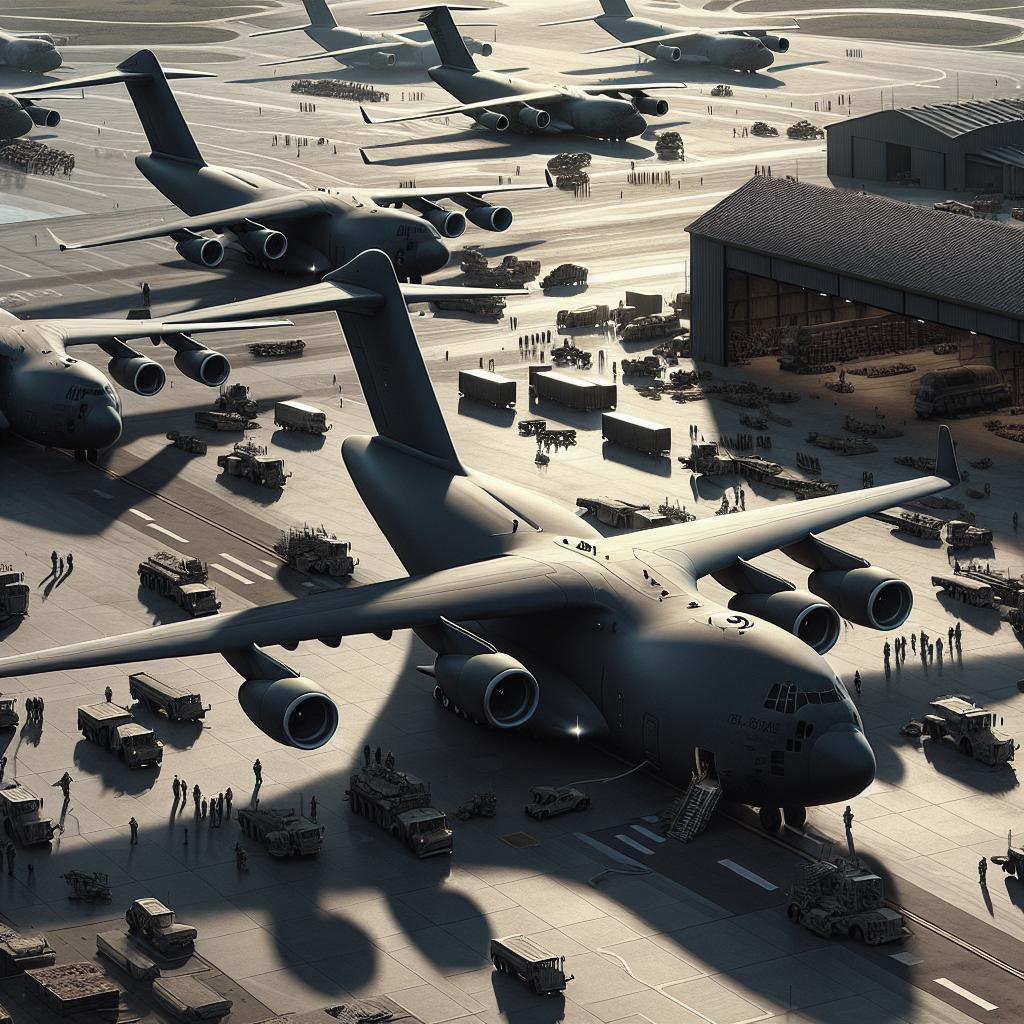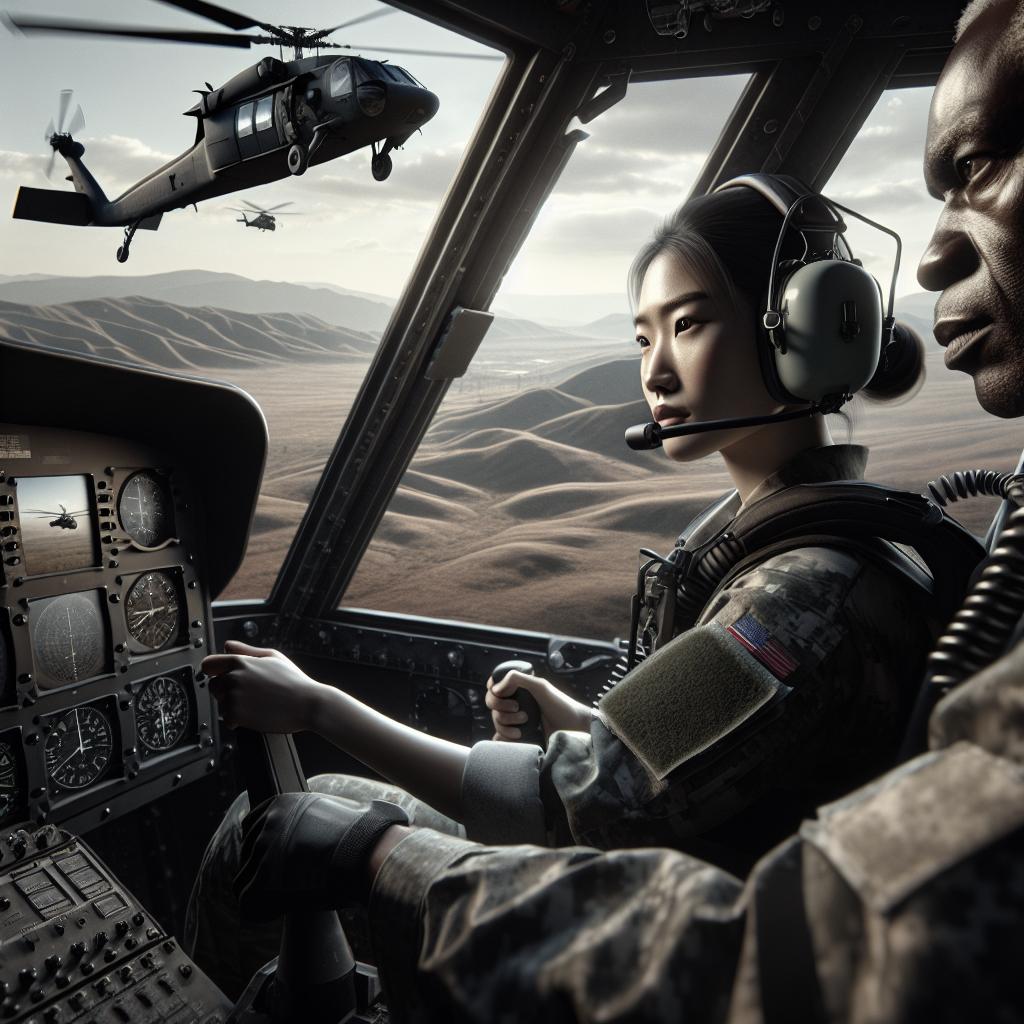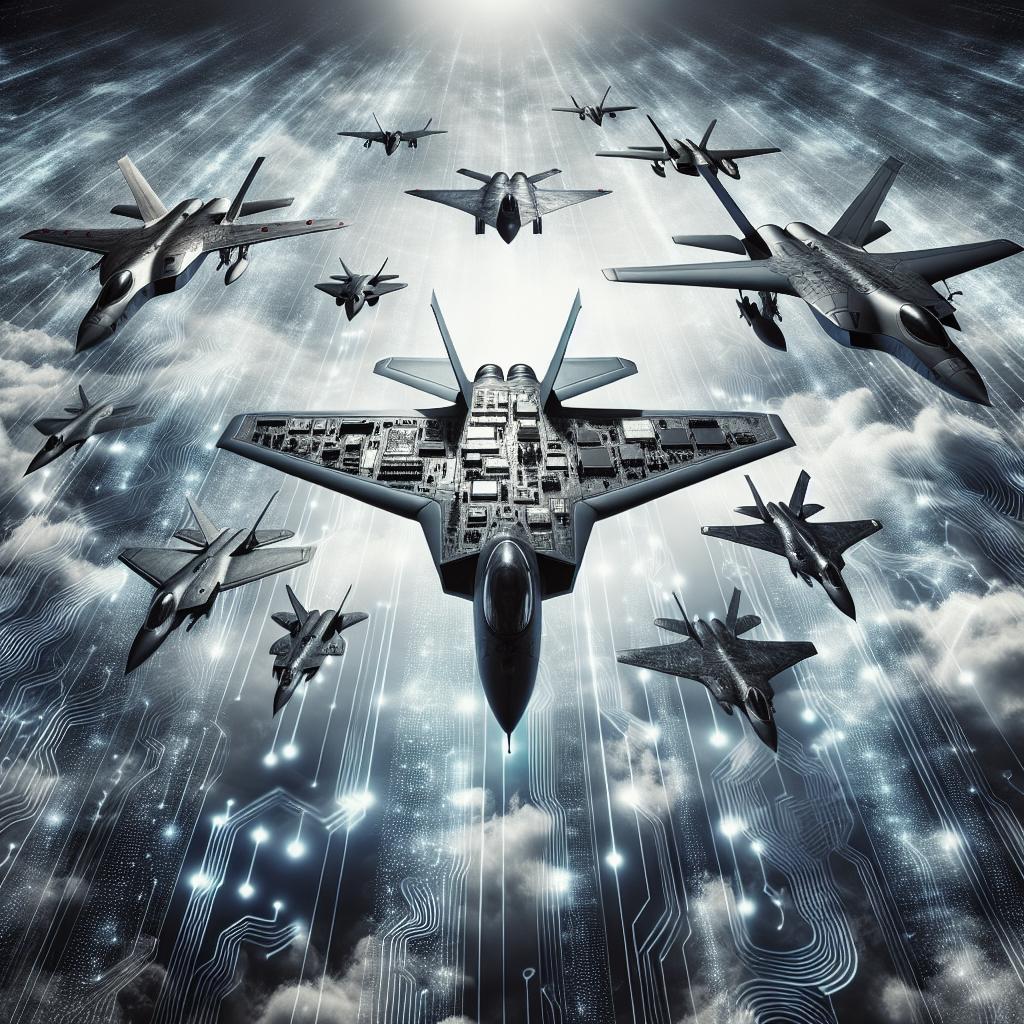Military transport aircraft play a vital role in the logistical capabilities of modern armed forces. From carrying soldiers to transporting humanitarian aid, these aircraft support various operations around the globe. This blog post delves into some of the most frequently used military transport aircraft, spotlighting their unique features, historical significance, and technological prowess. We will explore iconic workhorses such as the Boeing CH-47 Chinook and mammoths like the Antonov An-225 Mriya. You’ll also learn about the versatility of the Lockheed C-130 Hercules and the advanced capabilities of the Sikorsky CH-53K King Stallion. Through this comprehensive overview, we aim to shed light on the indispensable roles these aircraft play in global military operations.
Trending Now
Understanding the significance of military transport aircraft in contemporary conflicts and peacekeeping missions is essential. These high-tech machines have evolved with advancements in technology, making them more efficient, versatile, and indispensable on both global and local scales. From natural disaster response to rapid troop deployment, the utility of these aircraft cannot be understated. This segment will highlight current trends that underscore their ongoing relevance and evolving capabilities.
Boeing CH-47 Chinook
The Boeing CH-47 Chinook is a twin-engine, tandem rotor heavy-lift helicopter known for its speed and versatility. Introduced in the 1960s, it has since seen extensive use in various military operations worldwide. Its impressive lifting capability allows it to transport troops, artillery, and supplies efficiently over short and medium distances. The Chinook has played significant roles in conflicts from Vietnam to the present-day Middle East, showcasing its reliability and adaptability. One of the key features of the CH-47 is its tandem rotor design, which provides greater stability and lifting power compared to single rotor helicopters. This design enables the Chinook to operate in diverse environments, from mountainous terrains to urban settings. Additionally, it comes equipped with advanced avionics and survivability enhancements, ensuring mission success even in hostile conditions.
Antonov An-225 Mriya
The Antonov An-225 Mriya stands as the world’s largest and heaviest aircraft, designed initially to transport the Soviet space shuttle. With its massive size, it can carry ultra-heavy and oversized cargo, making it an invaluable asset for strategic airlift missions. Its six engines and specially reinforced landing gear enable it to carry payloads up to 250 tons, ranging from military equipment to humanitarian supplies. While the An-225 is not exclusively a military transport, its sheer capacity and unique capabilities make it a critical resource for various military and humanitarian missions. Its ability to carry unconventional cargo that other aircraft cannot handle ensures that it remains relevant and highly sought after in both commercial and military sectors.
Lockheed C-5 Galaxy
The Lockheed C-5 Galaxy is one of the largest military transport aircraft in the U.S. Air Force fleet. Designed to provide strategic heavy airlift capability, the C-5 can carry oversized cargo, including helicopters, tanks, and large equipment. With a range of over 5,500 miles, it can perform long-range missions without the need for refueling, further enhancing its strategic utility. One of the standout features of the C-5 Galaxy is its “kneeling” landing gear, which facilitates easier loading and unloading of cargo. This unique system allows the aircraft to lower its fuselage closer to the ground, making it more accessible. Over the years, the C-5 has received numerous upgrades, including modern avionics and refitted engines to improve performance and reliability.
Boeing C-17 Globemaster III
The Boeing C-17 Globemaster III is a versatile airlift aircraft, widely used for rapid strategic deployment of troops and cargo. Introduced in the 1990s, the C-17 has quickly become a favorite among military forces worldwide, known for its ability to operate in rugged and austere environments. Its impressive short-field takeoff and landing capabilities enable it to deliver supplies directly to forward operating bases and remote locations. Another key feature of the C-17 Globemaster III is its versatility. Beyond just cargo transport, it is also capable of medical evacuation and airdrop missions. Its advanced avionics, coupled with its robust airframe, make it reliable for various types of missions, from combat operations to humanitarian aid and disaster relief efforts.
Douglas C-47 Skytrain
The Douglas C-47 Skytrain is an iconic aircraft that has left an indelible mark on military history. Developed from the civilian DC-3, it was extensively used during World War II for troop transport, cargo missions, and medical evacuation. Its durability and reliability earned it the nickname “Gooney Bird,” and it played a crucial role in operations such as the D-Day invasion and the Berlin Airlift. Despite being a vintage aircraft, the C-47 Skytrain remains in use today, primarily in secondary and reserve roles. Its simple but robust design allows it to operate in harsh conditions where modern aircraft might struggle. This longevity is a testament to its engineering, ensuring that it remains an admired piece of aviation history.
Lockheed C-130 Hercules
The Lockheed C-130 Hercules is a versatile workhorse of military airlift, known for its durability and adaptability. Since its introduction in the 1950s, the C-130 has been used for everything from troop transport and cargo missions to aerial refueling and firefighting. Its ability to operate from unprepared runways makes it ideal for missions in remote and austere environments. One of the key strengths of the C-130 Hercules is its adaptability. Over the years, it has been modified into various specialized versions, including electronic warfare, search and rescue, and maritime patrol. This versatility ensures that the C-130 remains an indispensable asset for military forces around the world, capable of fulfilling a wide range of mission requirements.
Antonov An-124 Ruslan
The Antonov An-124 Ruslan is another heavy-lift giant, designed specifically to carry oversized cargo. As the second-largest cargo aircraft in the world, it boasts a payload capacity of up to 150 tons. The An-124 is often used for strategic airlift missions, emergency disaster response, and even civilian contracts that require the transportation of heavy and irregularly shaped items. One notable aspect of the An-124 is its advanced loading system, which includes a front cargo door with a built-in ramp, allowing for quick and efficient loading and unloading. Coupled with its range of approximately 3,700 miles when fully loaded, it provides unmatched logistical flexibility. Its ability to operate in rugged conditions further enhances its utility, making it a critical asset for military and humanitarian operations alike.
Sikorsky CH-53K King Stallion
The Sikorsky CH-53K King Stallion is the latest iteration in a long line of heavy-lift helicopters, designed to perform in the most demanding environments. With a lift capacity of nearly 36,000 pounds, the CH-53K is poised to replace older models in the U.S. Marine Corps, offering significant improvements in power, avionics, and survivability. This helicopter can transport equipment ranging from Light Armored Vehicles to damaged aircraft. A standout feature of the CH-53K King Stallion is its advanced fly-by-wire technology, which enhances pilot control and reduces workload. Its three powerful engines and composite rotor blades provide the necessary lift and durability for demanding missions. The King Stallion also incorporates numerous survivability enhancements, including armor and advanced defensive systems, ensuring that it can operate effectively in hostile environments.
June Steele
Our journey through the world of military transport aircraft reveals the immense variety and capability of these machines. From the classic Douglas C-47 Skytrain to the state-of-the-art Sikorsky CH-53K King Stallion, each aircraft contributes uniquely to military and humanitarian missions globally. As technology progresses, these aircraft are likely to evolve further, incorporating new advancements in avionics, materials, and propulsion systems. Future prospects look bright for military transport aviation, with innovations promising even greater efficiency and versatility.
| Aircraft | Notable Features | Primary Uses |
|---|---|---|
| Boeing CH-47 Chinook | Tandem rotor design, heavy lift capacity | Transport troops, artillery, supplies |
| Antonov An-225 Mriya | World’s largest aircraft, payload up to 250 tons | Ultra-heavy cargo transport |
| Lockheed C-5 Galaxy | Kneeling gear, long-range missions | Strategic heavy airlift |
| Boeing C-17 Globemaster III | Short-field takeoff and landing, versatile | Troops and cargo transport, medical evacuation |
| Douglas C-47 Skytrain | Durable design, WWII significance | Troop transport, cargo missions |
| Lockheed C-130 Hercules | Durable, adaptable for various missions | Troop and cargo transport, aerial refueling |
| Antonov An-124 Ruslan | 150-ton payload, advanced loading system | Strategic airlift, disaster response |
| Sikorsky CH-53K King Stallion | Fly-by-wire, heavy lift capacity | Transport of heavy equipment, vehicles |


